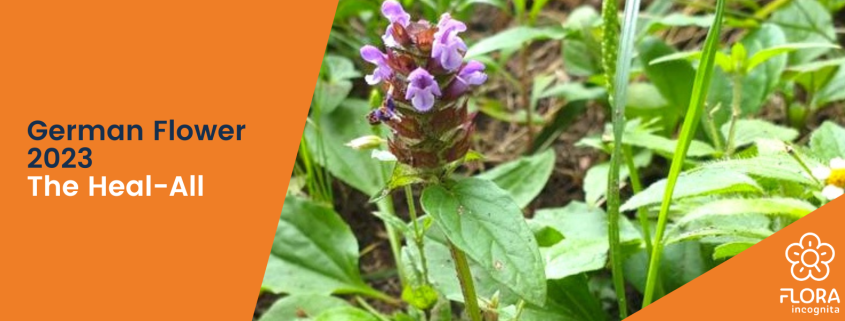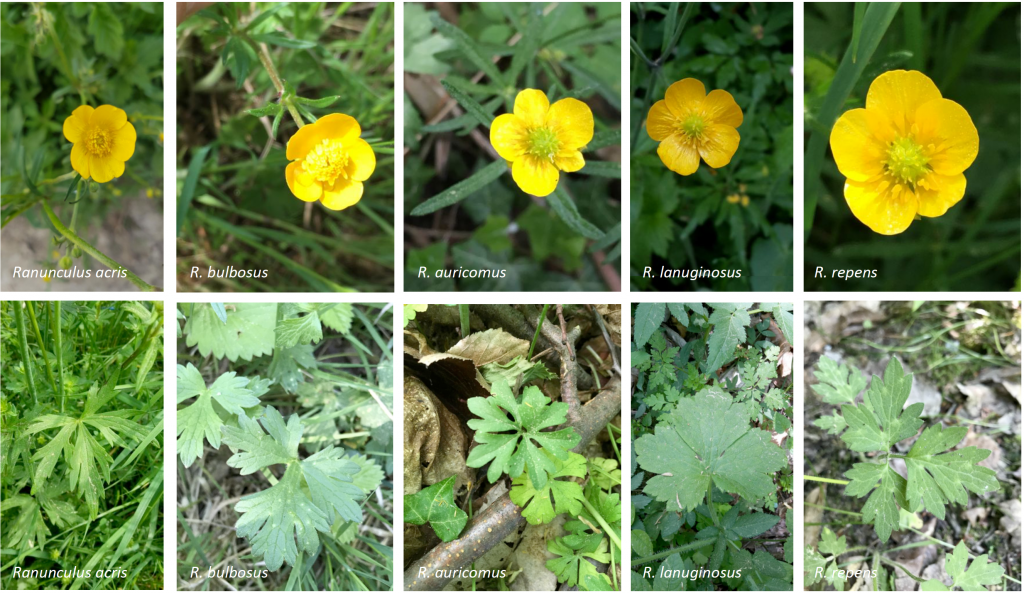German Flower of the Year 2023: The Small Self-Heal
Flower of the Year
The Loki Schmidt Foundation has chosen the Small Self-Heal (Prunella vulgaris) as the Flower of the Year 2023 to draw attention to the gradual loss of numerous plant and animal species. The Small Self-Heal grows between 5 and 25 cm tall and delights observers with its small, violet flowers. Despite its delicate appearance, it thrives in frequently mowed lawns and tolerates grazing and trampling by livestock. Despite its robustness, this once common wildflower shares the fate of many other species found in meadows, pastures, and roadsides: its populations are steadily declining.
Allowing More Wilderness
The gradual loss of species is particularly evident in the case of the once common Small Self-Heal. It can thrive in many places, as long as they are not too nutrient-rich. When meadows, pastures, and paths are fertilized or surrounding landscapes are over-fertilized, it significantly impacts the composition of plant communities: a few fast-growing plant species that grow tall and dense tend to overgrow the diverse, formerly lean habitats. Currently, the Small Self-Heal is present in all federal states and is not at risk everywhere. However, in some regions of Germany, a decline in populations is noticeable, such as in Mecklenburg-Western Pomerania, Brandenburg, Hesse, Baden-Württemberg, and Bavaria.
A New Badge for You!
If you find and identify a Small Self-Heal, you will be rewarded with a new badge for your profile: the Flower of the Year 2023.
This article was featured in the Flora-Incognita app as a story in the summer of 2023. The app provides intriguing information about plants, ecology, species identification, as well as tips and tricks for plant identification. Why not take a look?



